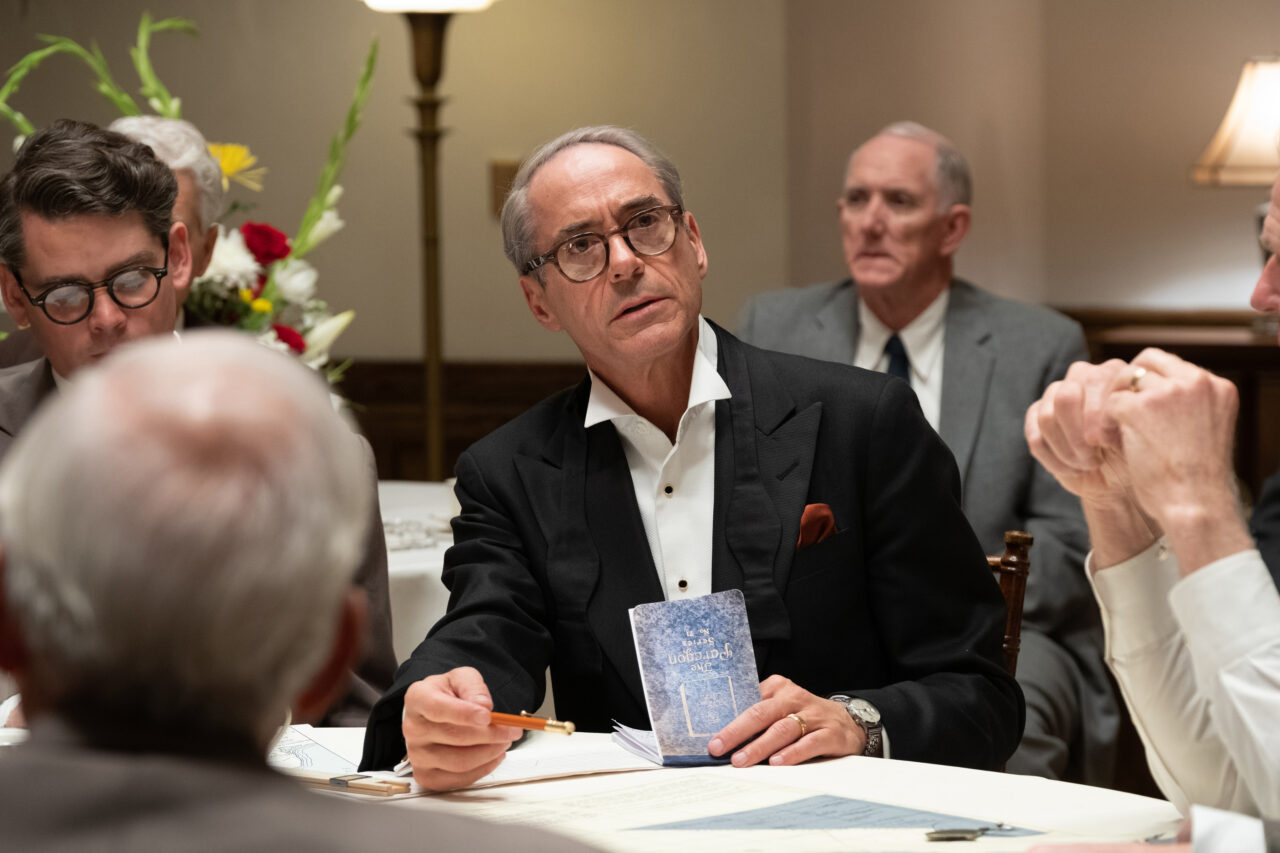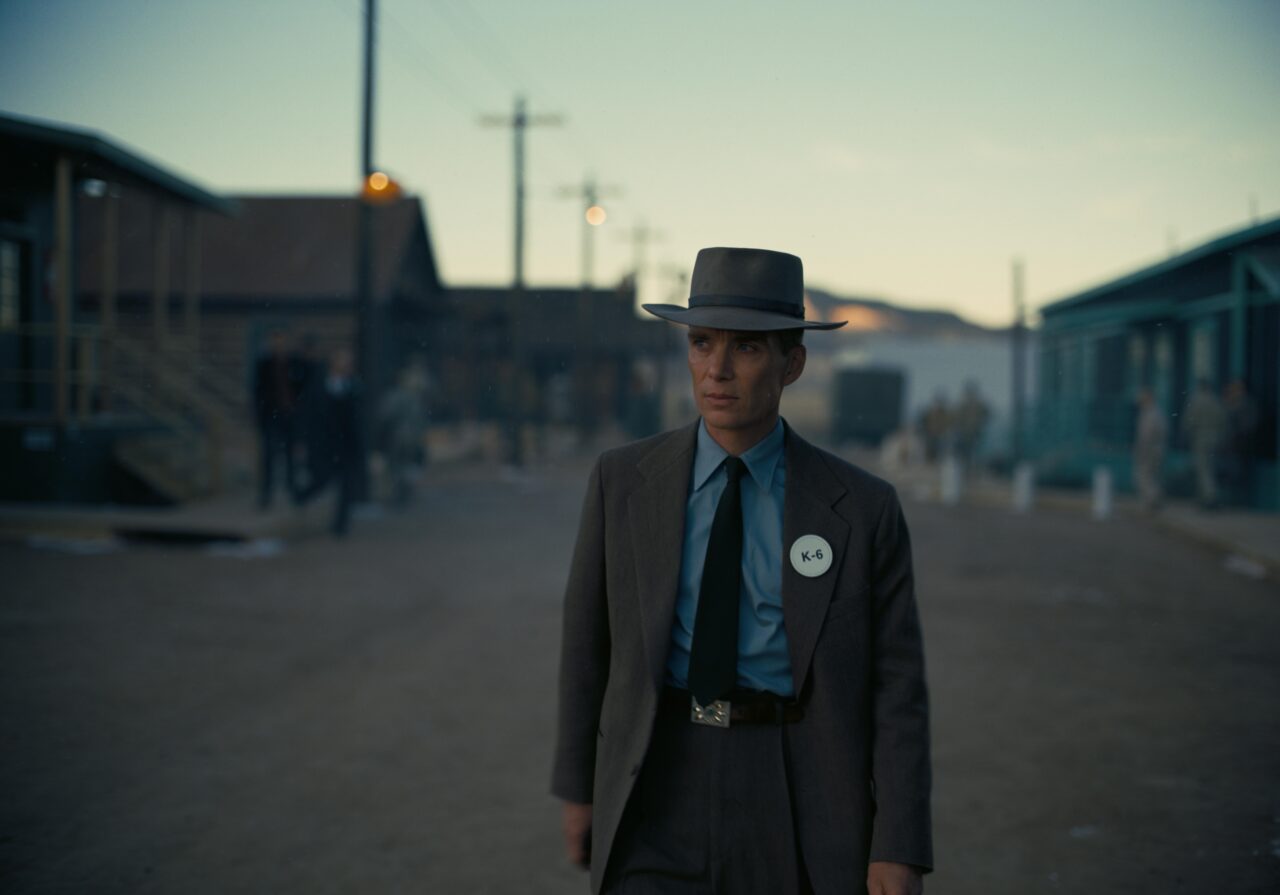INDEX
The Unseen Reality of ’Oppenheimer’: Interaction with Japanese Researchers During the Erased Time
According to the current history of physics research, at the end of August 1945, after the war, scientists who had participated in the “Manhattan Project” formed the “Los Alamos Federation of Scientists. Oppenheimer, who participated in this organization, gave lectures on the dangers of nuclear weapons, and as a representative of high-profile scientists with political influence, such as an advisor to the U.S. Atomic Energy Commission, he tried to be actively involved in drafting laws and policies to control nuclear weapons by the United Nations and to prevent nuclear proliferation through cooperation between the United States and the Soviet Union (Note 12). Note 12).
Oppenheimer also opposed the optimistic view that the U.S. would have a monopoly on nuclear weapons in the postwar era, and he continued to oppose the movement within the U.S. to develop hydrogen bombs with greater destructive power, which grew out of the successful nuclear tests conducted by the Soviet Union (now Russia) in 1949. This attitude toward the development of nuclear weapons has been a major factor in his opposition to the development of nuclear weapons. This stance against nuclear weapons development led to a hearing and his political disqualification, but the film’s depiction of Oppenheimer’s anti-war and anti-nuclear activities is modest in comparison to the original story.

The ‘unpictured Oppenheimer’ in the film refers to characters such as the following:
Oppenheimer and Einstein were at odds as physicists, but as humanists they were comrades. Their work as scientists in weapons laboratories and universities, dependent on military contracts, was heavily traded by the Cold War national security networks. In this moment in history, Oppenheimer chose a different path. Although this militarization of science “is now beginning,” Oppenheimer turned his back on Los Alamos. And Einstein saluted him for trying to use his influence to put a stop to the arms race.
Kai Bird, quoted in Martin J. Sherwin, “Oppenheimer (in) the Atomic Bomb” (supervised by Shiro Yamazaki, translated by Toshihiko Kawabe, Hayakawa Shobo, 2024), p. 397.
Here we see a tough negotiator who is not willing to engage in the “militarization of science” under the aegis of the military industry and government, but rather actively accepts his own political stance and tries to resist it, even though he is a scientist.
It is almost the opposite of the protagonist of the film, played by Killian Murphy, who appears to be somewhat out of touch with the world and even indecisive.

Another important biographical fact about ‘Oppenheimer’ during this period is that he became director of the Institute for Advanced Study in Princeton in 1947. Here he created an international network of theoretical physicists and invited visiting scientists from all over the world.
Japanese researchers such as Hideki Yukawa and Shinichiro Asanaga were also invited to the Institute, and ‘Oppenheimer’ had direct contact with them – and they are not even mentioned in the dialogue in this film.
























